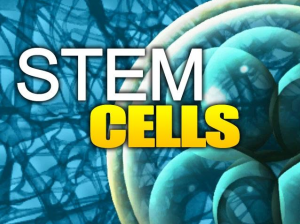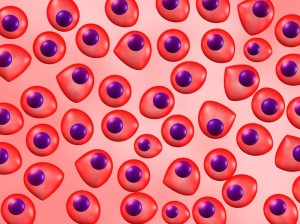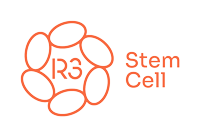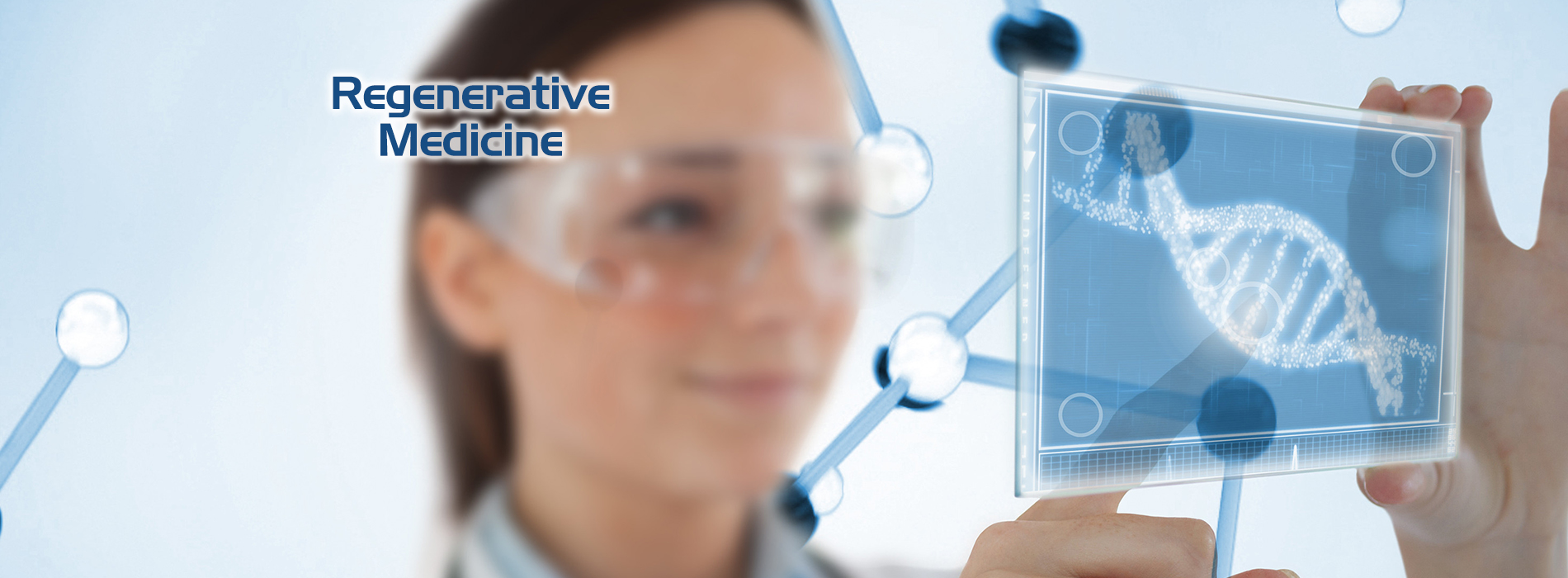Adipose (Fat) Derived Stem Cell Injections
FAQs on Adipose Derived Stem Cell Therapy
The potential for regenerative cell-based therapies has improved during the last decade. Adipose derived stem cell therapy involves the use of fat (adipose), which has a rich supply of regenerative stem cells.
Where are the stem cells located in adipose tissue?
Adipocytes are the cells inside of adipose tissue. These cells store fat and play a major role in cell-signaling and secreting many substances. Throughout the adipose tissue is a network of capillaries that deliver oxygen and nutrients to the adipocytes and rid the tissue of secretions. The adipocytes are mesenchymal stem cells (MSCs). One gram of adipose fat tissue contains around 1 million MSCs.
How are the adipose stem cells obtained?
The adipose stem cell procedure takes around 4 hours to perform. The board-certified physician administers a local anesthetic to the site to numb the area. Around 100-200 milliliters of adipose tissue is harvested from the patient, and it is then broken down to remove the stem cells.
Using standard techniques the stem cells are separated from the fat cells in the laboratory. Adult stem cells (ASCs) and other progenitor cells are then isolated from the stromal vascular fraction (SVF) cells. The ASCs are often combined with a person’s platelet-rich plasma (PRP), which activates the cell’s activities.
How are adipose stem cells administered to the patient?
The adipose stem cells are administered to the patient through intravenous, injection, or topical routes. Stem cells secrete growth factors that help form and repair body structures, such as muscles, tendons, and ligaments. With the injection procedure, the patient is positioned on a procedure table, and the site is cleaned with an aneseptic. The procedure needle is guided to the site of degenerated or damaged tissue. Once in position, the solution is injected into the site. To assure correct needle placement, the Los Angeles stem cell doctor uses real-time x-ray technology.
What conditions are treated using stem cell therapy?
Adipose derived stem cell therapy is used to treat:
- Spinal cord injury – Animal studies show that stem cells will treat and prevent the pain associated with spinal cord injury.
- Multiple sclerosis – Stem cells show promise in treating the autoimmune inflammatory disease multiple sclerosis. With this disease, conductive coating of neurons degenerates in the central nervous system and causes disability.
- Intervertebral disc degeneration – The spine is composed of irregular-shaped bones (vertebrae), which are neatly stacked one upon the other. Stem cells are used to regenerate degenerated discs, which separate each vertebra.
- Osteoarthritis – Studies have shown that stem cells help with meniscus cartilage regeneration in painful knee conditions.
What are the benefits of using adipose derived stem cells?
Many promising case studies show that stem cells can be used for the treatment of tendon, cartilage, and muscle injuries. Stem cell therapy also helps improve pain and mobility and delays surgical intervention.
Does stem cell therapy work?
In a recent pilot study, researchers found that patients receiving stem cells into degenerated bone reported less pain and increased mobility. Other studies have shown that stem cells also stop the progression of degenerative bone disease. Other studies show that stem cells have the ability to treat many musculoskeletal conditions.
Currently, our Los Angeles stem cell clinic is offering adipose derived stem cell injections, if you are interested in this particular treatment, Contact Us and we will get you scheduled!
Resources
Centeno, C., & al., e. (2008). Increased knee cartilage volume in degenerative joint disease using percutaneously implanted, autologous mesenchymal stem cells. Pain Physician, (11), 343-353.
Centeno, C., & al., e. (2008). Regeneration of meniscus cartilage in a knee treated with percutaneously implanted autologous mesenchymal stem cells. Med Hypo, (71), 900-908.
Drazin, D., & al., e. (2012). Stem cell therapy for degenerative disc disease. Advances in Orthopedics, 1-8.
National Institutes of Health (2000). NIH publishes final guidelines for stem cell research. Retrieved from: http://www.nih.gov/




